Some hitters prefer using big barrel bats while for others smaller ones are the thing. Whichever one you use depends on your choice, skill and need. This post aims at comparing big barrel bats and small barrel bats. We look into the materials, features, pros and cons of both the types.
Materials
As far as the materials on big barrel and small barrel bats are concerned, you will be able to find your favorite bat material in both the kinds.
Most common bat materials include aluminum, composite, alloy and hybrid. Aluminum bats are made from aluminum which makes them durable and light in weight.
Composite bats are constructed using composite fibers. They are strong and increase in performance overtime. These bats require break in and are usually not hot out of the wrapper.
Alloy bats are manufactured by mixing aluminum with other metals. In addition to all the properties that an aluminum bat has, this bat also has greater strength.
Finally, hybrid bats are a combination of both composite and alloy material. The barrel of such a bat is usually made up of alloy material whereas it has a composite handle.
Features
Depending upon the brand and construction of the bat, you can enjoy some really amazing features in both your big barrel and small barrel bats. Unique and innovative technologies are used in the construction of these bats.
Starting off with the barrel size, a big barrel bat has a barrel diameter of 2 ¾ (2.75) inches. This gives the bat a larger surface area and more room for sweet spot. It is basically for kids with ages between 13 to 15 years.
Compared to this bigger barrel bat, there are two barrel sizes available out there – 2 5/8 (2.625) and 2 ¼ (2.25) inches. Bats with 2.25 barrel diameter are known as small barrel bats. These are mostly used by youth and little league players.
You can find big barrel bats and small barrel bats in one-piece as well as two-piece construction. A variety of technologies are used to make these bats.
Interestingly, as many top brands like DeMarini, Louisville Slugger, Easton and Rawlings manufacture both these big barrel and small barrel bats; you are able to find all the best features in both the kinds.
Pros
We all are quite familiar with the pros of using a standard or a small sized barrel bat. First and the most obvious pro with a small barrel bat is that it has great aerodynamics and is easy to control. Your little one can easily hit home runs with his/her small sized bat.
If your kid loves light weight bats, then a small sized bat is the one for him/her. Due to a smaller barrel diameter, the overall size of a small barrel bat reduces.
On a small sized barrel bat, the weight is more evenly distributed throughout the bat which gives a fast swing speed and better control.
As far as a big barrel bat is concerned due to its big barrel there is a larger sweet spot which gives the hitter the liberty to hit far and wide.
Many players consider that big barrels have a greater chance of making contact with the ball that’s why they consider its bigger size a pro and recommend it to others as well.
Cons
There are a few cons of using big barrel bats. While a big barrel bat offers great surface area, it is difficult to swing and control in general.
Using big barrel bat at a young age impacts the way your kid plays when he/she grows up. It basically develops a wrong swinging action resulting in long swings.
Another con associated with big barrel bats is that the weight on these bats is not evenly distributed because of the heavier barrel which leads to slower swing speed.
Many leagues do not approve big barrel bats. So you might as well want to check if the league for which your kid is playing allows it or not.
You can find many top performing big barrel bats in the market. These include the famous CF7 from DeMarini, Easton’s big barrel MAKO and many others.
There is also a wide range of small barrel bats manufactured by top brands. These include Louisville Slugger Youth Armor Baseball Bat, Rawlings Youth 5150 and Easton MAKO Torq Youth Baseball bat.
If your kid is going to play for youth baseball then we recommend that you go for standard or small size barrel bats instead of bigger ones. Most youth leagues also do not approve of these bigger ones. We also suggest you to go for a -13 drop weight bat.
Finally, from the above discussion, we see that when looking at features, materials, pros and cons of big barrel bats and small barrel bats there is no clear winner. Both the kinds have their goods and bads. It all boils down to your own preference.




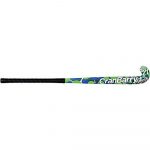
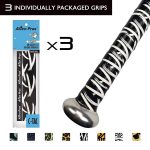
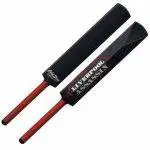
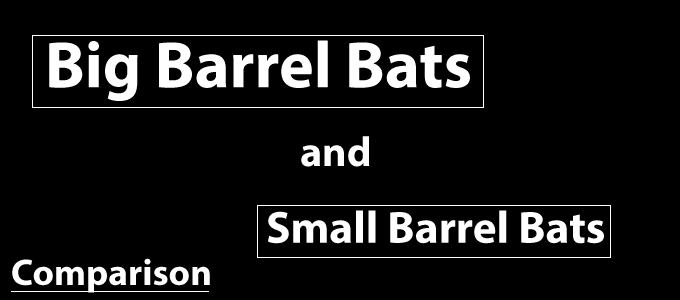

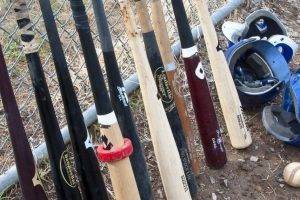
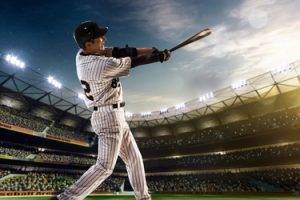
71 Comments